Feed crocodiles, take a cruise on the harbor at sunset, learn about Aboriginal culture, or enjoy a night out in the tropics in Darwin, the Northern Territory’s capital city.Darwin was founded in 1869. It was named after the English naturalist Charles Darwin by his fellow explorers, who navigated the Timor Sea aboard The Beagle. The city’s recent past has been tumultuous. Darwin was bombed during World War II, and in 1974 a cyclone destroyed it all over again. About 150,000 people call modern-day Darwin home, including some of the territory’s traditional owners, the Larrakia people.It’s best to visit Darwin from May to September, when it’s not too hot or too wet for outdoor activities. On a Thursday or a Sunday, visit the Sunset Markets on Mindil Beach. On any day, enjoy a harbor cruise from Stokes Hill Wharf, or a movie under the stars at the Deckchair Cinema.Although the beaches look tempting, don’t jump in anywhere to cool off: crocodiles are abundant in the area. If you’d like to meet a few, visit Crocosaurus Cove and Crocodylus Park. For a safe swim, head to the huge Darwin Wave Lagoon.Book a tour or rent a four-wheel-drive car and explore the iconic Australian outback in Kakadu, the country’s largest national park. Be sure to bring your binoculars to spot wallabies, swamp birds, reptiles and dingoes. Hike around and find waterfalls to swim under or ancient Aboriginal rock art depicting Dreamtime stories.Darwin’s turbulent history and dynamic art scene provide plenty to do during the wet season. Get insight into Aboriginal culture at the Museum and Art Gallery of the Northern Territory. To learn about the 1942 bombings, immerse yourself in the Defence of Darwin Experience or see an American B-52 bomber at the Australian Aviation Heritage Centre.This tropical city is unlike any other city in the world. Come to Darwin to experience the true Australian wilderness and the long, developing story of humankind’s relationship with the Territory’s unique natural environment.
Darwin
Travel Guide
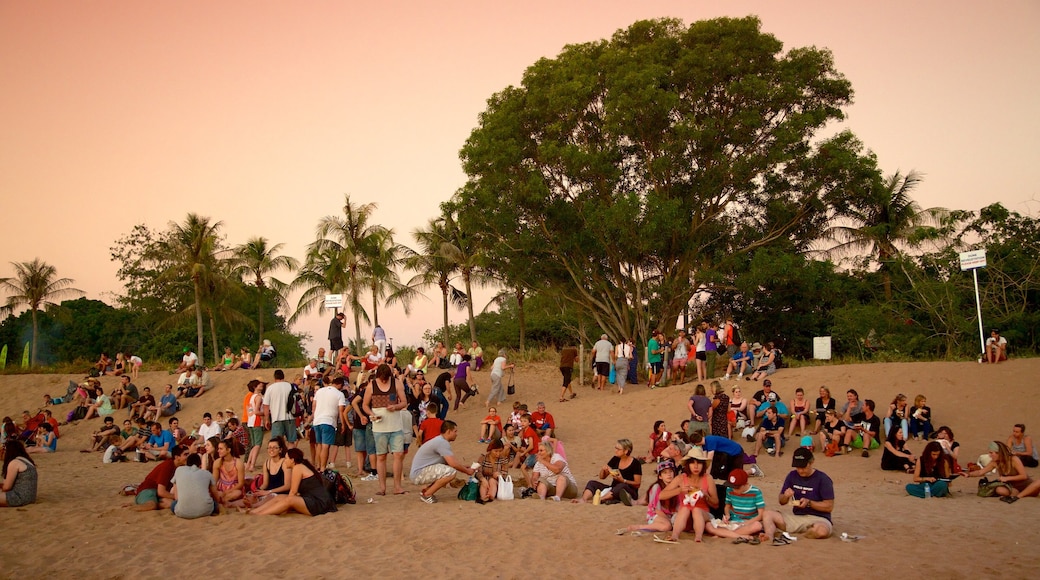
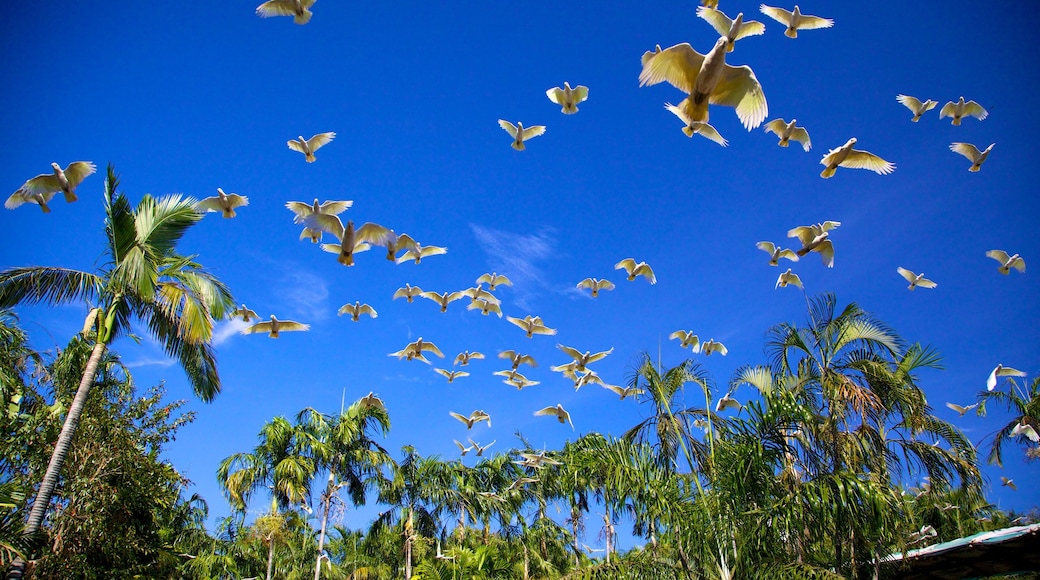

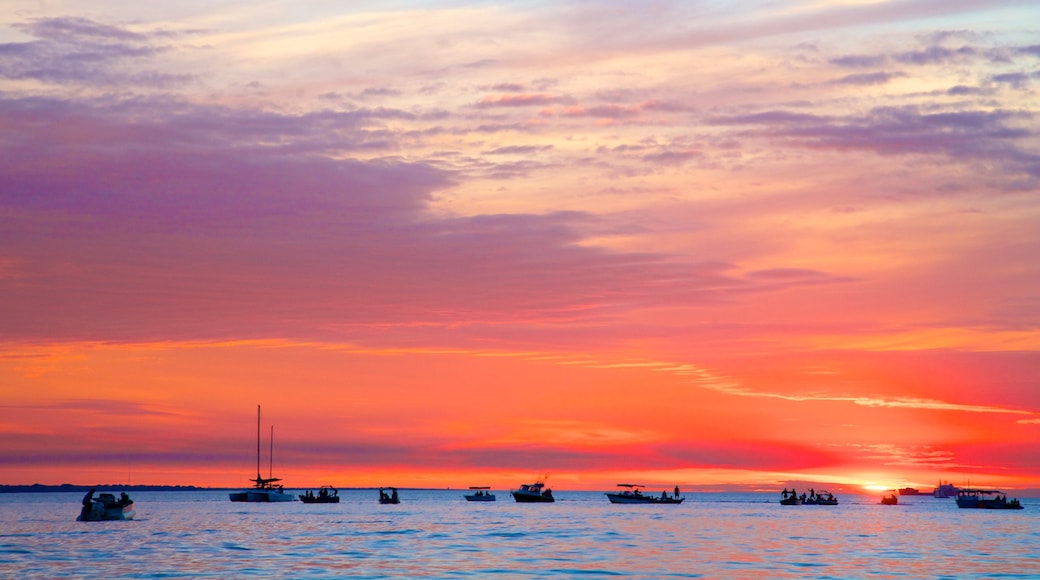
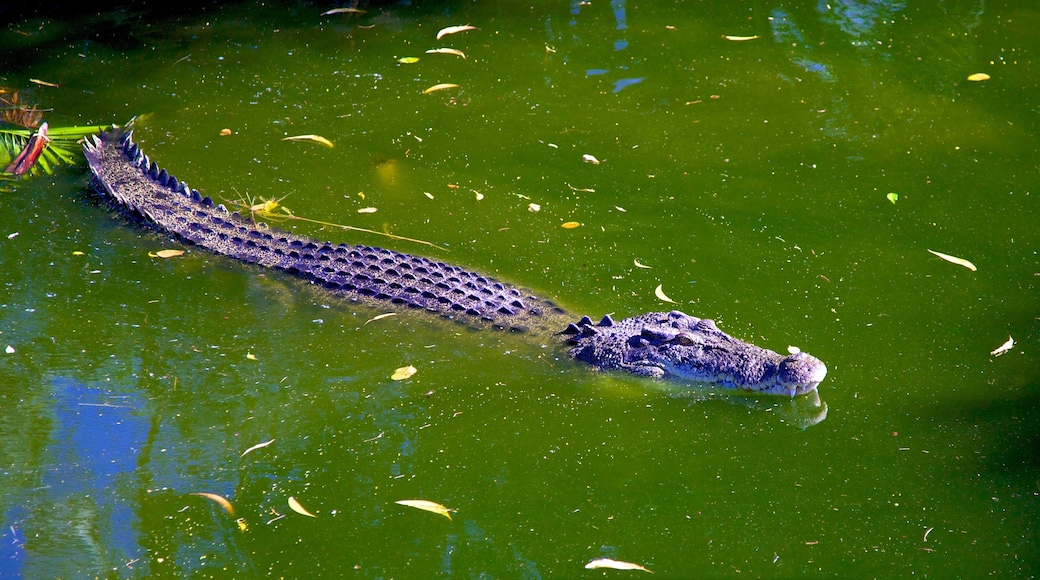
Visit Darwin
Darwin Travel Guide Video
Where to stay in Darwin

Darwin City Centre
Darwin City Centre is popular for its abundant dining options, and if you're looking for more to see and do, you might think about a trip to Smith Street Mall or The Esplanade.

Palmerston
Palmerston is well liked for its restaurants and shopping. If you want to see more of the larger area, you might add a stop by Howard Springs Nature Park to your list.
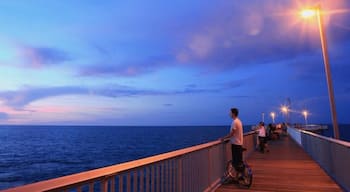
Nightcliff
While there might not be top attractions in Nightcliff, you can explore the larger area and discover places like Casuarina Beach and Museum and Art Gallery of the Northern Territory.

Cullen Bay
If you're spending some time in Cullen Bay, Cullen Bay Marina and Mindil Beach are top sights worth seeing.

Stuart Park
While Stuart Park isn't home to many top sights, Mindil Beach Sunset Market and SKYCITY Casino are some notable places to visit nearby.

Eaton
You might appreciate the restaurants and gardens in Eaton, and if you're interested in seeing more of the area, TIO Stadium and Marrara Sports Complex are just a few notable stops.

Reviewed on 2 Feb 2025

Reviewed on 2 Jan 2025

Reviewed on 10 Mar 2025

Reviewed on 5 Mar 2025

Reviewed on 6 Nov 2024

Reviewed on 6 Mar 2025
Popular places to visit
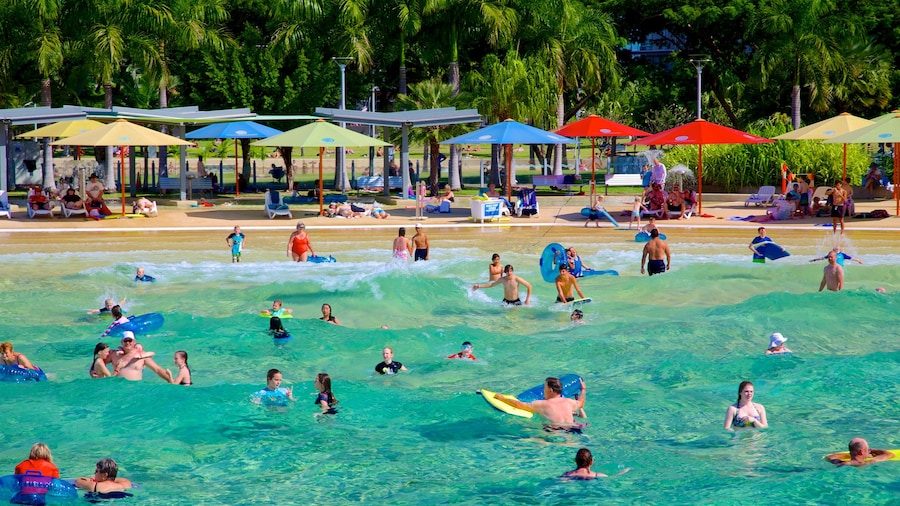
Darwin Waterfront
Explore Darwin’s scenic waterfront, where you can swim in the wave pool, see turtles up close and dine in restaurants overlooking the sea.

Mindil Beach
Explore one of Australia’s best beaches by day or visit by evening to enjoy Asian food, a massage, live music and indigenous crafts at Darwin’s sunset markets.
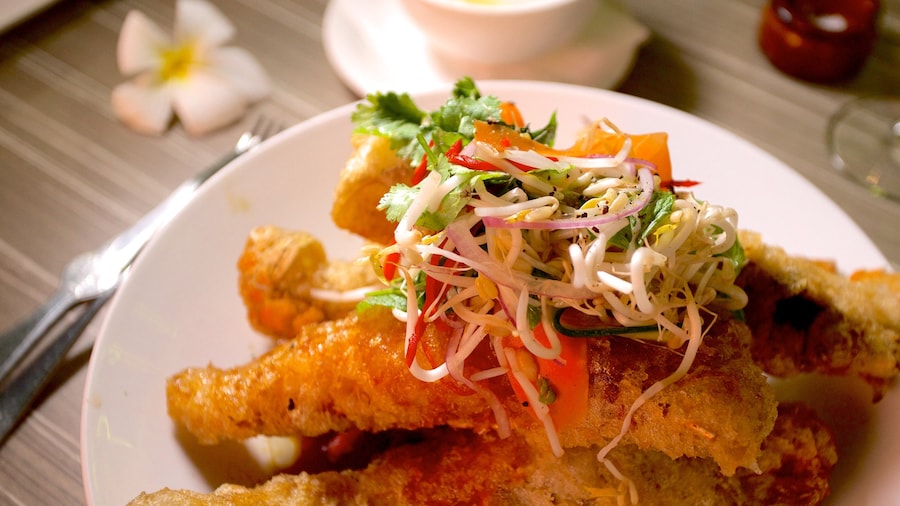
The Esplanade
During your trip to Darwin, you can do some window-shopping at The Esplanade. While in this walkable area, you can savour the top-notch restaurants.
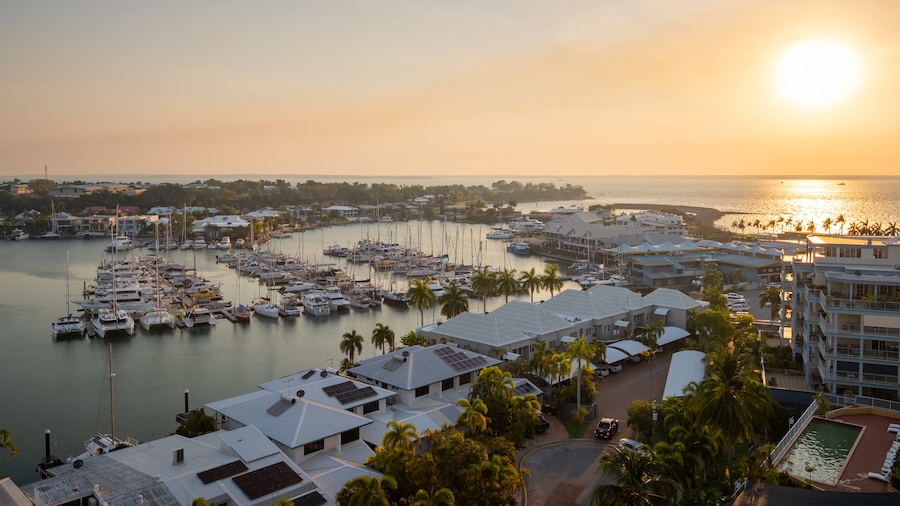
Cullen Bay Marina
Explore the waterfront in Darwin with a trip to Cullen Bay Marina. Wander the area's picturesque gardens or simply enjoy one of its top-notch restaurants.

Mindil Beach Sunset Market
You can enjoy retail therapy at Mindil Beach Sunset Market during your stay in Darwin. Wander the waterfront and picturesque gardens in the area.

Crocosaurus Cove
This wildlife park offers the chance to admire a number of local species, as well as the safest encounter you can have with a saltwater crocodile.
Things to do

"Cage Of Death" Crocodile Swim and Entry to Crocosaurus Cove

Darwin: Whipray Encounter with Entry to Crocosaurus Cove

Darwin: Hop-On Hop-Off Bus, Crocosaurus Cove and RFDS Entry


